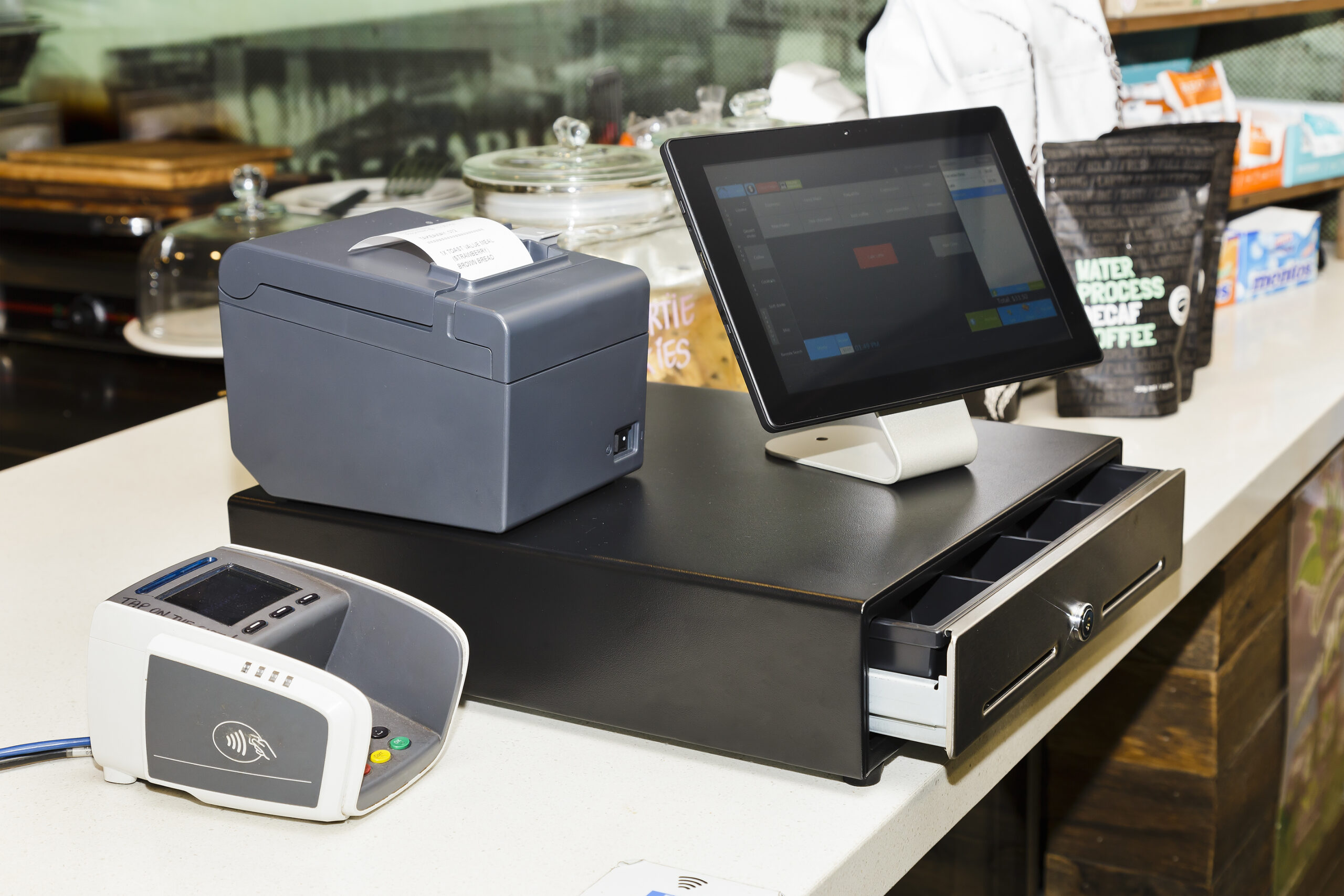What Colours Attract Customers To Buy? Tips For Painting Your Retail Store
In an age dominated by online retailers, the notion that brick and mortar customers are looking for an experience couldn’t be more relevant. Their experience must be dominated by the senses; if sensory immersion didn’t matter, they would have just shopped online. Each retailer has its own draw – shoppers might want to smell your essential oils, feel your knit sweaters, or taste a freshly baked treat. Most of all, your customers want to be transported into a world of your creation – a world of excitement, or calm, or joy, or any number of other positive emotions you want them to feel. Every element of your environment will affect the customer, from the way you use accent lighting to the way you paint your walls. The colours your walls are painted can influence purchasing patterns through two related concepts: colour psychology and brand recognition.











